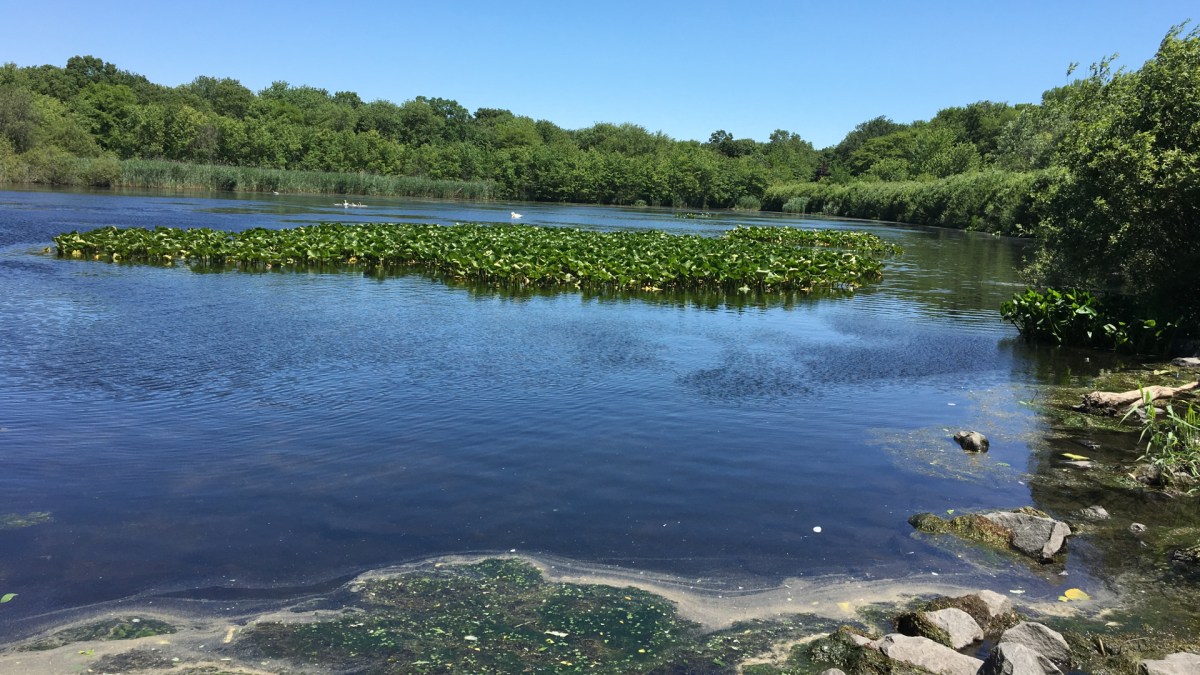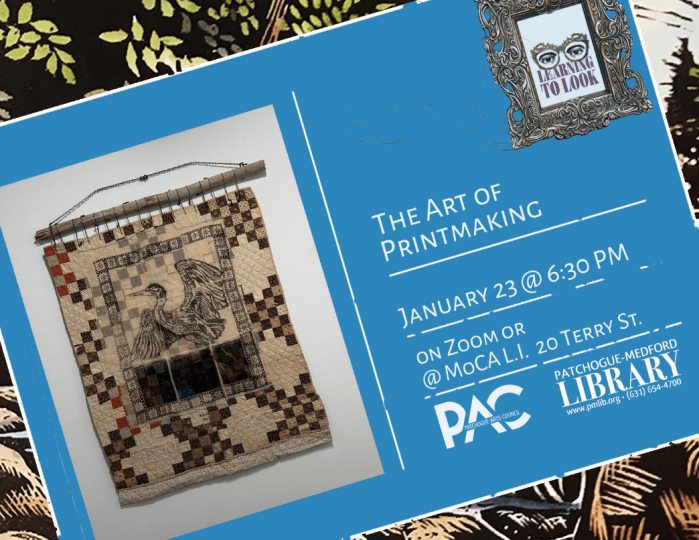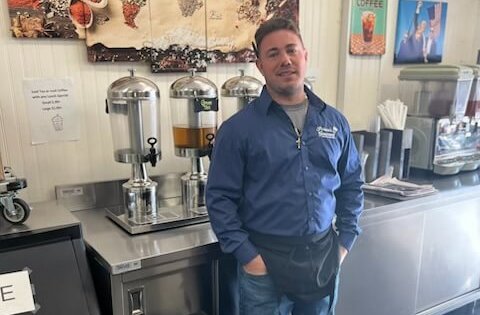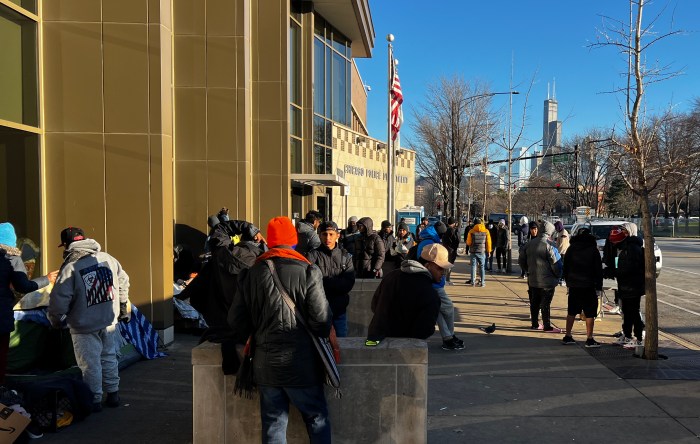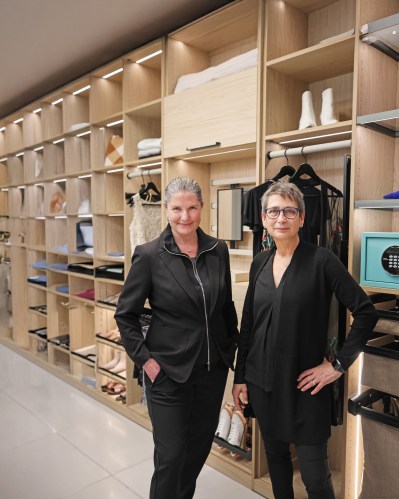By Dan Kriesberg
Stewardship requires awareness and knowledge. Awareness comes from our five senses, giving us the ability to appreciate the world around us. But two other senses are also needed, a sense of place and a sense of wonder. A sense of place is an awareness of where you are. A sense of wonder is an awareness of the “wow” in the natural world.
Using all our senses increases the knowledge necessary to become a good steward of the land. Awareness without knowledge can only go so far. Knowledge without awareness limits what can be understood. With knowledge and awareness can come action, and it is action that will keep Long Island special.
We must exercise our sense of wonder and our sense of place by being attentive to the unique beauty and magic of Long Island. Here is a fun way families can start instilling the idea of stewardship:
Long Island Sense of Place Scavenger Hunt:
- From your house, where is the nearest nature preserve? Go there!
- From your house, where is the nearest body of water? Go there!
- From your house, what is the native vegetation? Draw it!
- From your house, what was going on there 100 years ago, 500 years ago?
- What birds can you see in your backyard? Keep a bird identification book near your window.
- When are the town meetings in the place your live? Attend one.
- Sit silently in your backyard for at least 10 minutes.
Of course, awareness can only go so far. Here’s how to increase our knowledge:
Five Things Every Long Islander Should Know About Long Island:
- How was Long Island formed? About 15,000 years ago as the climate warmed, the miles-thick sheet of ice that covered all of Canada and the northern part of the United States began to recede. It left behind all the rock and soil it had pushed forward like a massive plow. This pile of rock and sand became the place we now live. From there, time and erosion gave the island its shape. This process continues even today.
- Where does our water come from? Ll was given a gift by the glaciers. Underneath us, in the spaces between the rocks and sand is water. From this aquifer deep underground comes the water we drink and use in a million other ways. We live right on top of our water sources. That means what we do on the surface matters.
- Where does our garbage go? All the landfills on the Island are closed, there is no more room. So your garbage either goes to an incinerator where it is burned, or it is trucked off Long Island to a landfill in another state willing to take it.
- Who else lives on LI? We share the Island with hundreds of species of birds, 47 kinds of mammals, 42 species of reptiles and amphibians, and about 2,000 different kinds of plants. We are the northern limit of many species from the south and the southern limit for many northern species, as well as a rest stop for many animals on migration. Our location gives us a great diversity of plant and animal life.
- What environmental problems face the Island? One of the more serious problems affecting LI is the increased levels of nitrogen washing into the Long Island Sound from fertilizers, cesspools and faulty sewage treatments plants. The excess nitrogen causes algae blooms. As the algae decompose, they use up the oxygen in the water, creating a condition called hypoxia. Fish and other marine animals cannot survive in water low in oxygen. Another serious problem is that leaky heating oil tanks, repeated pesticide use, and industrial wastes are seeping into the ground, eventually reaching the aquifer. And that is where we get our water.
Knowledge gives us the understanding we need to protect the environment. By knowing where our water comes from, we can make better choices about what we do to the ground. Reducing our waste means less air pollution from the incinerators that burn our garbage.
Learning about the species that are our neighbors, we can make better choices to protect the habitats they need to survive. When we know our land’s history, we can see ourselves as part of this ongoing story. Our role can be negative or positive, depending on what we do and how we act.
Teaching our children about the importance of stewardship is a good place to start.
Resources:
Garvies Point Museum and Preserve, 50 Barry Drive, Glen Cove
Long Island Nature Organization
Long Island, A Natural History, by Robert Villani [Henry N. Abrams, 1997]
Exploring the Other Long Island, by John Turner
Dan Kriesberg teaches science at Friends Academy in Locust Valley. He is the author of A Sense of Place: Teaching Children about the Environment with Picture Books and Think Green: Books and Activities for Kids. He lives on Long Island with his wife, Karen, and two sons, Zack and Scott. He will be writing occasional columns on environmental issues for the Long Island Press. Whenever possible Dan spends his time in wild places backpacking, hiking and hanging out.
[Photo: Massapequa Park Preserve/Rashed Mian, Long Island Press]



